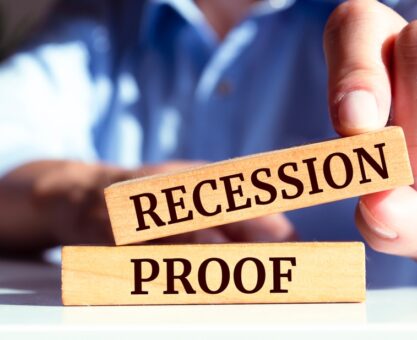For federal workers, a strategic retirement plan has one primary objective: ensuring financial security in your golden years. To achieve this goal, the process involves analyzing the four fundamental elements of retirement: income, healthcare, taxes and estate planning.
1. Income Planning
Income planning starts with calculating your net retirement income then estimating all of your monthly expenses once you’re no longer working. If your net income is more than enough to cover expenses, you’re in relatively good shape. If you have a shortfall, you may have to work longer to close the retirement income gap. As a federal retiree, your net retirement income includes your FERS annuity (pension) after deductions, Social Security plus distributions from your Thrift Savings Plan (TSP). Income planning also requires determining how inflation will impact your buying power over a 20-to-30-year retirement.
2. Healthcare Planning
Healthcare planning starts with ensuring you can continue FEHB in retirement. Since the federal government continues to pay as much as 75% of your FEHB premiums, it’s important to understand the eligibility requirements under the FEHB 5-Year Rule. At age 65, you also have to decide whether or not to enroll in Medicare. Since Medicare Part A (inpatient services) is premium free. The OPM advices both retirees and active employees to enroll in Part A. Considering that Medicare Part B (outpatient services) requires paying a premium, you need to determine whether or not adding Part B to your FEHB coverage will work for you in retirement. To learn more, download the FEHB and Medicare Fact Sheet on the OPM website.
“Add to this, you need to prepare for the taxes on Required Minimum Distributions (RMDs) from your traditional TSP.”
3. Tax Planning
In addition to the taxes you’ll owe on distributions from your traditional TSP, as much as 90% to 98% of your FERS annuity is taxable and, depending on your provisional income, up to 85% of your Social Security benefit is also subject to taxes. Add to this, you need to prepare for the taxes on Required Minimum Distributions (RMDs) from your traditional TSP. When you consider the complexity of our ever-changing tax laws, developing a tax-efficient plan requires working with a tax professional.
4. Estate Planning
When you add up the value of your home, investment property, collectibles, jewelry, plus money socked away in various accounts, the grand total of your assets may surprise you.
That’s why it’s important to have the basic estate–planning documents to protect your legacy:
- Last Will & Testament
- A Living Trust
- Durable Power of Attorney (DPOA)
- Advance Health Care Directives
To learn more, connect with an FRC® trained advisor who fully understand your federal benefits.


























